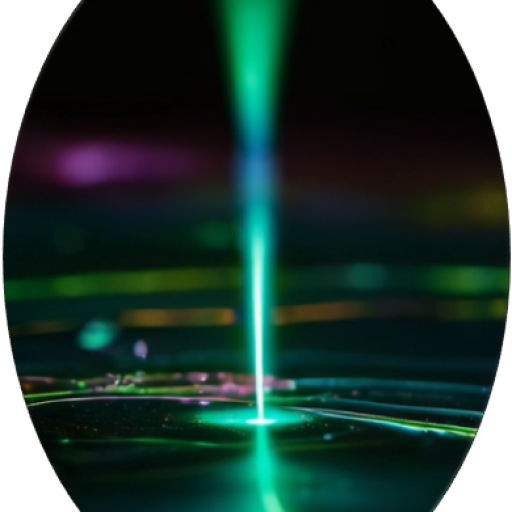Exploring Untapped Potential
Direct-write technologies — especially FEBID, FIBID, and FIB — offer immense potential to revolutionize emerging fields where conventional fabrication methods fall short. Their unparalleled precision, nanoscale performance, 3D capabilities, and material versatility make them ideal for addressing next-generation challenges.
In the energy sector, site-specific nanostructures are being explored for advanced energy storage, conversion, and harvesting. These include high-performance nano-batteries with optimized charge transport, catalytic surfaces for hydrogen evolution, and thermoelectric materials with improved efficiency — all made possible by direct-write precision.
Optoelectronic applications remain underexplored but are highly promising. While first demonstrations exist, optical detectors and nanoscale light-emitting devices are still rare. Yet when paired with plasmonic and photonic concepts, direct-write fabrication can unlock highly integrated, functional optical components — especially through its true 3D design freedom.
This same 3D potential opens new possibilities in designing mechanical microcomponents, lab-on-a-chip systems, and biomedical platforms, where spatial control and functional integration are essential.
Despite their promise, many of these domains remain widely untapped, offering a unique opportunity for pioneers at the intersection of materials science, engineering, and life sciences to shape the next wave of technological innovation.
Literature
A Review on Direct-Write Nanoprinting of Functional 3D Structures with Focused Electron Beams; V. Reisecker, R. Winkler, H. Plank; Adv. Funct. Mater. (2024), 34, 2407567.
Roadmap for Focused Ion Beam Technologies; K. Höflich et al.; Appl. Phys. Rev (2023), 10, 041311.
Living up to its Potential – Direct-Write Nanofabrication with Focused Electron Beams; M. Huth, F. Porrati, S. Barth; J. Appl. Phys. (2021), 130, 170901.
Focused Electron Beam Induced Deposition Meets Materials Science; M. Huth, F. Porrati, O.V. Dobrovolskiy; Microelectronic Engineering (2018), 185, 9.
